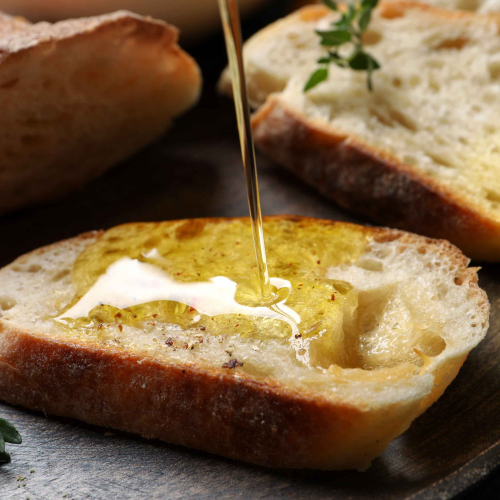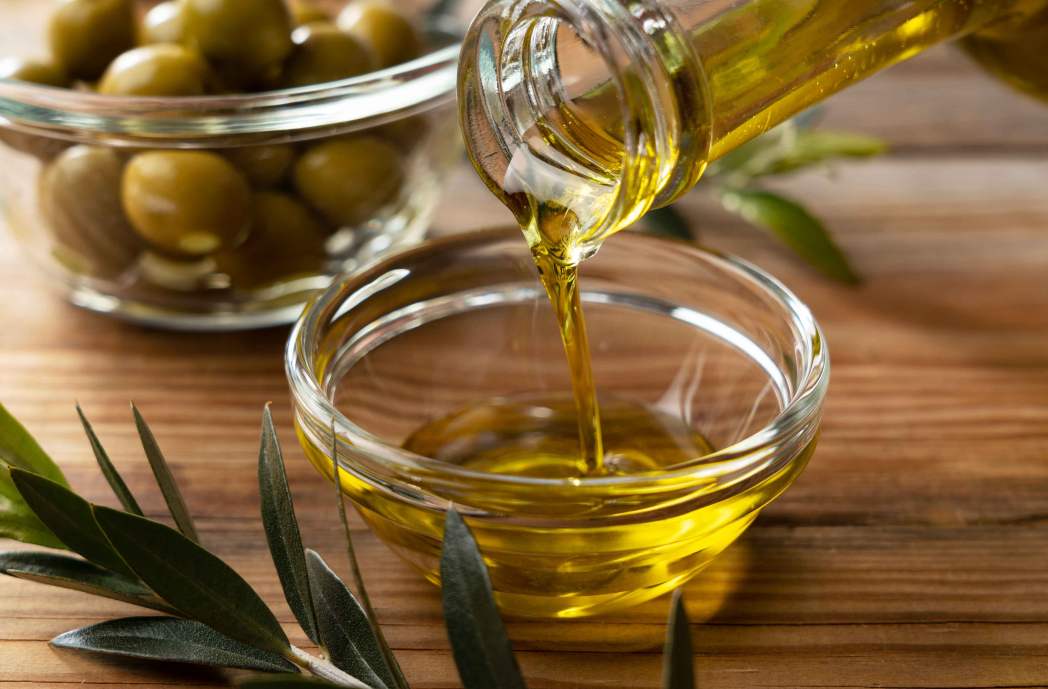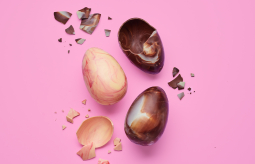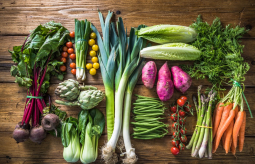Cold-pressed olive oil is a labour of love to produce but the delicate flavour is well worth the effort, says Marianna Kolokotroni at Borough Market’s Oliveology. Just don’t cook with it!
“18C extra virgin olive oil is one of the most unusual, unique and precious oils we sell,” says Marianna Kolokotroni who founded Oliveology to sell produce from her native Greece. Like all of the oils sold at her stall, it is produced on a small organic estate in Sparta using a Greek cultivar called the koroneiki olive. And like all of Oliveology’s oils, its name is taken from the temperature at which those olives are pressed.
“A classic extra virgin olive oil is usually pressed at between 25C to 27C, but this oil is pressed at between 16C and 18C, making this a cold-extracted oil,” Marianna explains. “The producer decided to do this because the finished oil retains a lot more nutrients and flavour than oil processed at higher temperatures.” But there is a catch. The reason that most producers press as a higher temperature is that doing so increases the amount of oil that can be extracted from each olive. Lower temperatures mean a lower yield from each harvest. And that isn’t the only disincentive to making oil of this character.
_edited_500_500_c1.jpg)
“The oil is made from very young, green, unripe olives,” Marianna explains. “They’re picked very early in the season before they have time to ripen into the fleshier, more juicy olives normally used in oil production.” Picking the olives so young is a particularly labour-intensive process. As with many fruits, the olive’s grip on the branch weakens as it nears ripeness, to the point where very ripe fruits simply fall off the tree. This is not the case here–the early harvest means they’re much harder to pick, and the kind of machine often used to shake them off the tree simply won’t work. Only painstaking hand-picking will do the job. The effort is worth it, though.“
“18C has a smooth, silky texture and warm, fruity and peppery aromas. It has a fresher, grassier taste compared to the rich and full flavours of more classic Greek olive oils,” Marianna explains.
It pays to grab this oil when you see it. The harvest starts in early autumn and finishes around January,and because it is produced on a small family farm, Marianna has to order the following year’s supply at the beginning of the season. “If I’m good at forecasting, then we’ll have enough for the year, but sales vary. Sometimes we run out at around Christmas!”

Marianna points out that this is definitely not a cooking oil, even though she regularly cooks with extra virgin olive oils.“A lot of customers tell me they love it as a dipping oil. I think it is wonderful drizzled over seafood, like a simple grilled fish. You really get the freshness of the oil coming through without masking the taste of the fish. It also works well with a light salad.
”Olive oil does lose potency over time. As a rule of thumb, Marianna says it will still be close to its best until about18 months after it was produced. But she strongly believes that the best place for this oil is on the plate. “Some people buy really expensive olive oil and keep it on the shelf like their best clothes, only to be used on special occasions. To really enjoy this oil at its best, you should use it on a regular basis and really enjoy the experience.
For more information visit oliveology.co.uk
_edited_500_500_c1.jpg)















